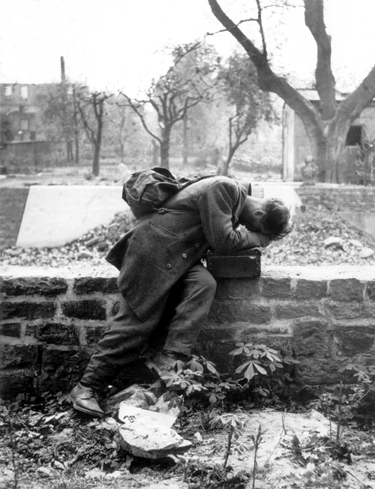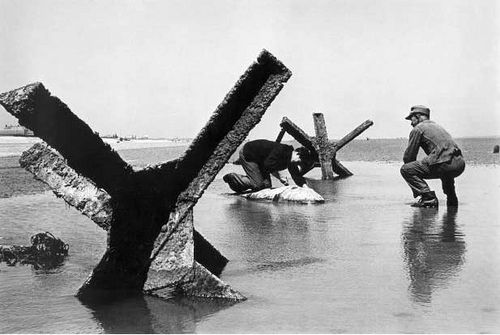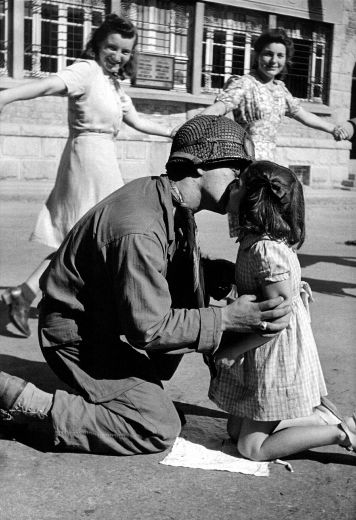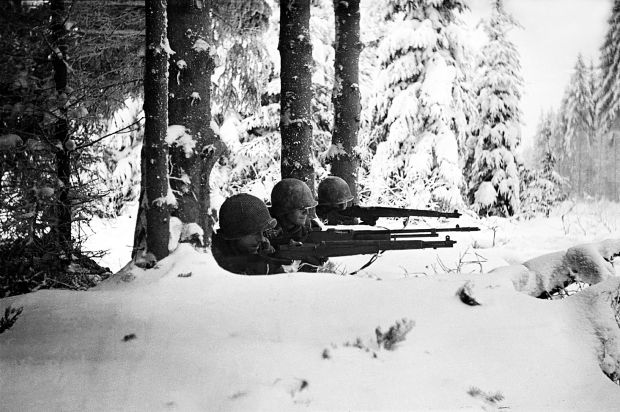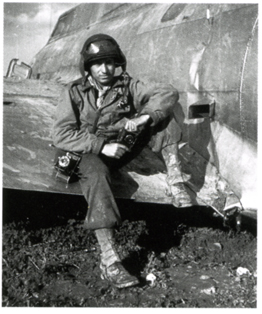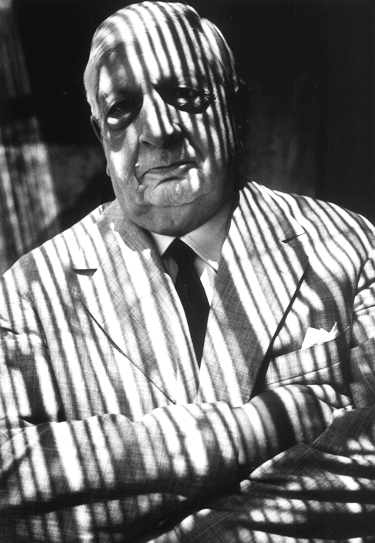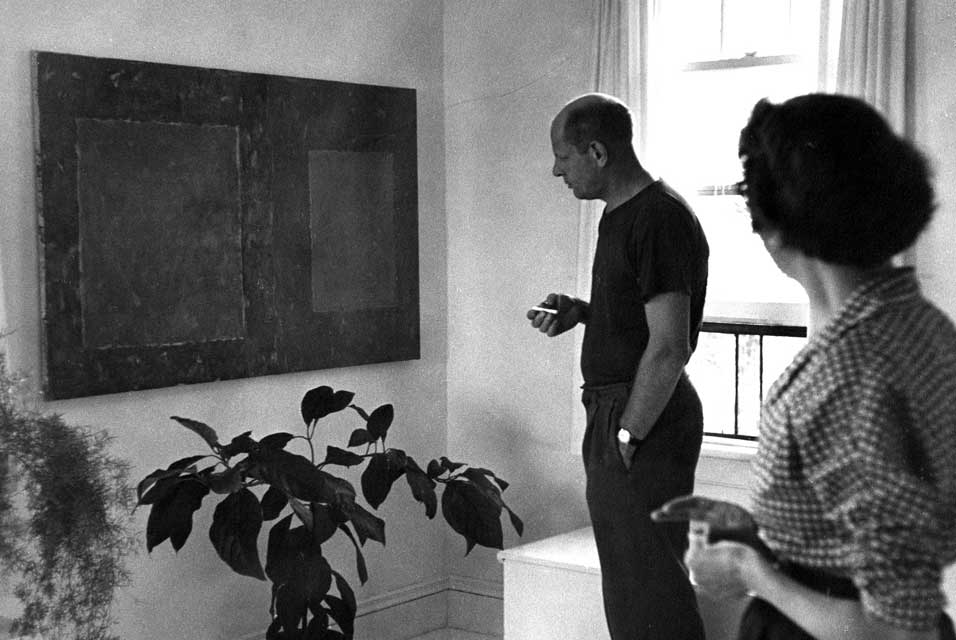<Back to Index>
- Photojournalist William Eugene Smith, 1918
- Photographer Tony Vaccaro, 1922
PAGE SPONSOR
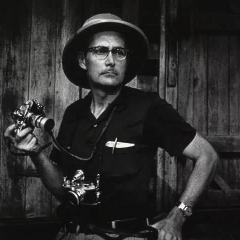


William Eugene Smith (December 30, 1918, Wichita, Kansas – October 15, 1978, Tucson, Arizona) was an American photojournalist known for his refusal to compromise professional standards and his brutally vivid World War II photographs.
Smith graduated from Wichita North High School in 1936. He began his career by taking pictures for two local newspapers, The Wichita Eagle (morning circulation) and the Beacon (evening circulation). He moved to New York City and began work for Newsweek and became known for his incessant perfectionism and thorny personality. Smith was fired from Newsweek for refusing to use medium format cameras and joined Life Magazine in 1939. He soon resigned from Life, too. In 1942 he was wounded while photographing battle conditions in the Pacific theater of World War II.
As a correspondent for Ziff - Davis Publishing and then Life again, Smith entered World War II on the front lines of the island hopping American offensive against Japan, photographing U.S. Marines and Japanese prisoners of war at Saipan, Guam, Iwo Jima and Okinawa. On Okinawa, Smith was hit by mortar fire. After recovering, he continued at Life and perfected the photo essay from 1947 to 1954.
In 1950, he was sent to the United Kingdom to cover the General Election, in which the Labour Party, under Clement Attlee, was narrowly victorious. Life had taken an editorial stance against the Labour government. In the end, a limited number of Smith's photographs of working class Britain were published, including three shots of the South Wales valleys. In a documentary made by BBC Wales, Professor Dai Smith traced a miner who described how he and two colleagues had met Smith on their way home from work at the pit and had been instructed on how to pose for one of the photos published in Life.
Smith severed his ties with Life over the way in which the magazine used his photographs of Albert Schweitzer. Upon leaving Life, Smith joined the Magnum photo agency in 1955. There he started his project to document Pittsburgh. This project was supposed to take him three weeks, but spanned three years and tens of thousands of negatives. It was too large ever to be shown, although a series of book length photo essays were eventually produced.
From 1957 to 1965 he took photographs and made recordings of jazz musicians at a Manhattan loft shared by David X. Young, Dick Cary and Hall Overton.
In January 1972, Smith was attacked by Chisso employees near Tokyo, in an attempt to stop him from further publicizing the Minamata disease to the world. Although Smith survived the attack, his sight in one eye deteriorated. Smith and his Japanese wife lived in the city of Minamata from 1971 to 1973 and took many photos as part of a photo essay detailing the effects of Minamata disease, which was caused by a Chisso factory discharging heavy metals into water sources around Minamata. One of his most famous works, Tomoko Uemura in Her Bath, taken in December 1971 and published a few months after the 1972 attack, drew worldwide attention to the effects of Minamata disease.
Complications from his long term consumption of drugs, notably amphetamines (taken to enable his workaholic tendencies), and alcohol led to a massive stroke, from which Smith died in 1978. He is buried in Crum Elbow Cemetery, Pleasant Valley, New York.
Smith was perhaps the originator and arguably the master of the photo - essay. In addition to Pittsburgh, these works include Nurse Midwife, Minamata, Country Doctor and Albert Schweitzer - A Man of Mercy.
Today, Smith's legacy lives on through the W. Eugene Smith Memorial Fund to promote "humanistic photography." Since 1980, the fund has awarded photographers for exceptional accomplishments in the field.




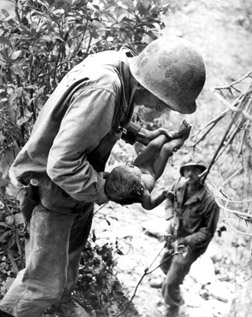
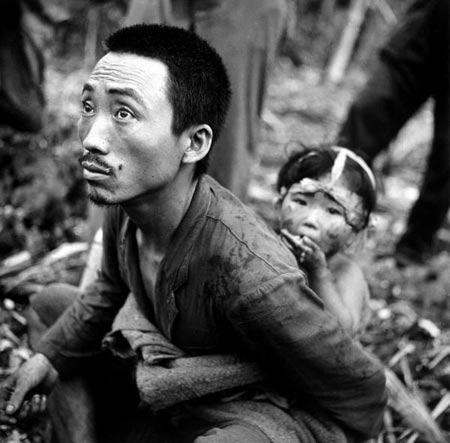
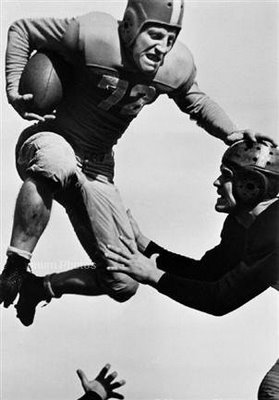
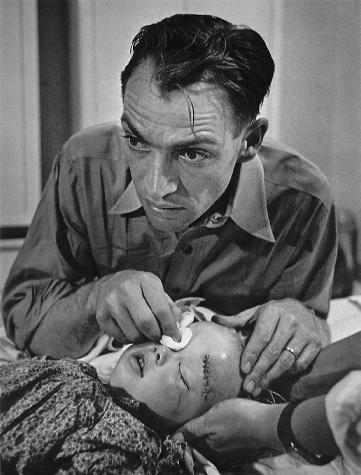
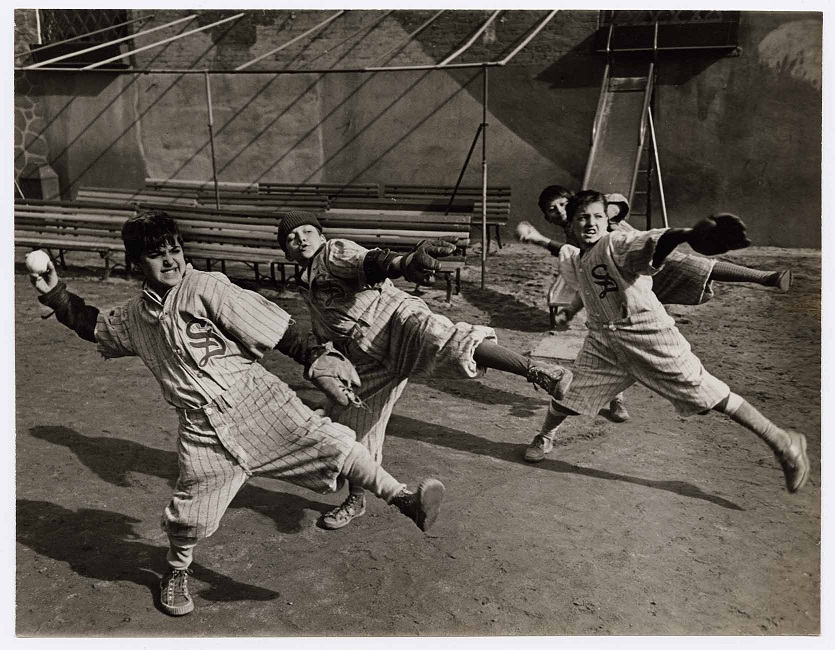
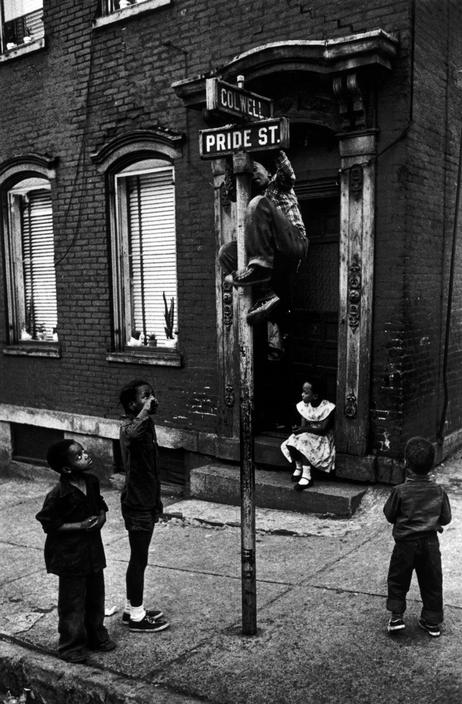
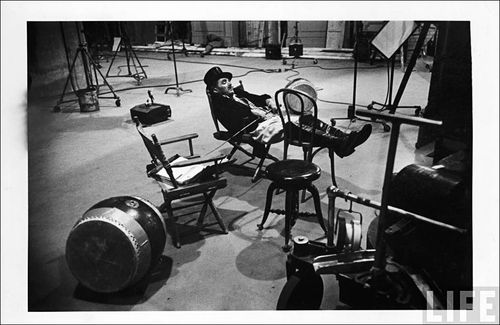
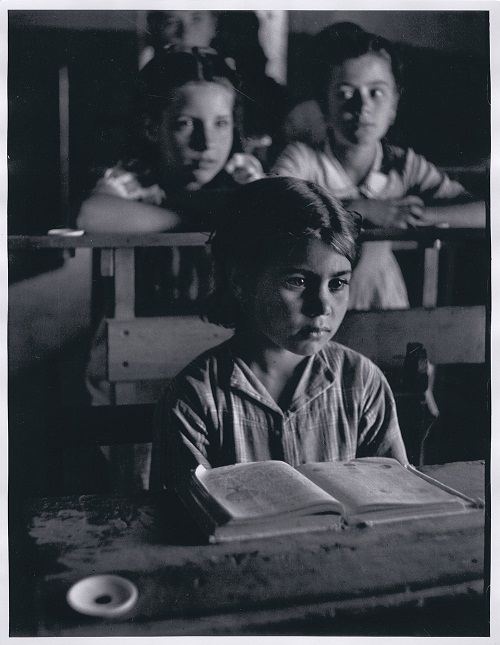
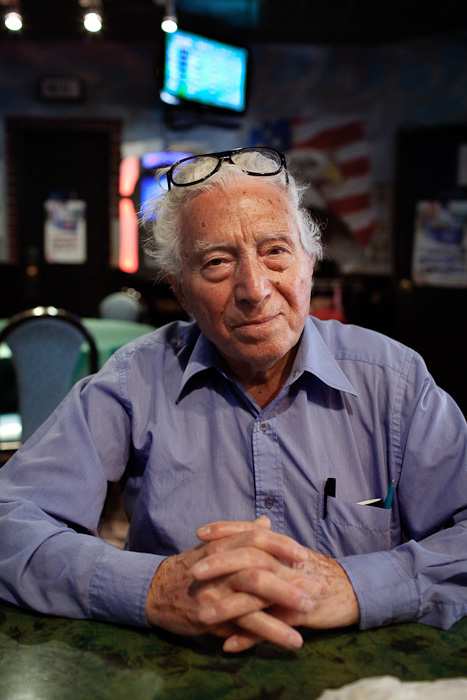
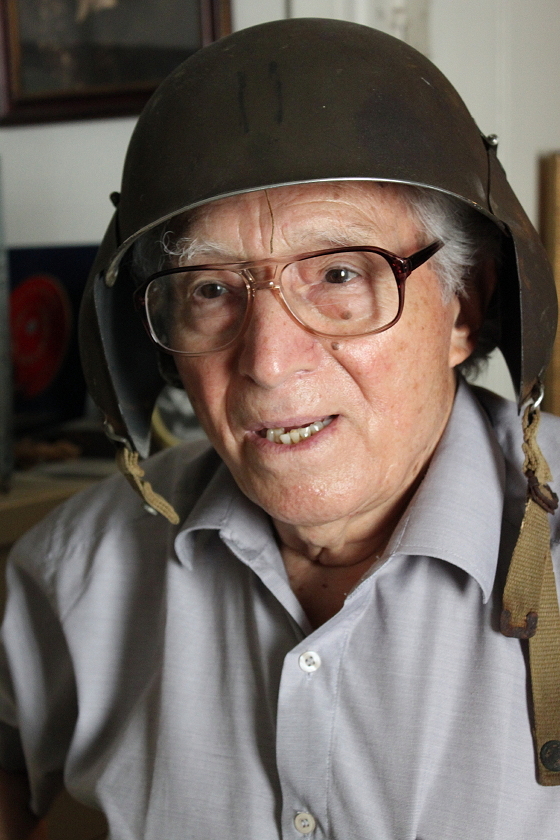
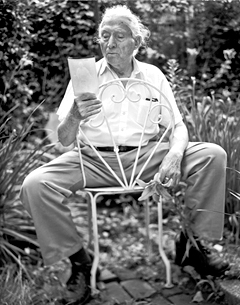
Tony Vaccaro (b. December 20, 1922), also known as Michael A. Vaccaro, is an American photographer who is best known for his photos taken in Europe during 1944 and 1945 and in Germany immediately after World War II. After the war, he became a renowned fashion and lifestyle photographer for U.S. magazines.
Born in Greensburg, Pennsylvania, as the second child of three (and the only boy) of his parents, who were Italian immigrants, he was baptized Michelantonio Celestino Onofrio Vaccaro. His father Giuseppe Antonio Vaccaro (b. October 14, 1874) was from Bonefro in the region of Molise in Italy. In 1926, the family moved back to Bonefro in Italy, where Tony spent his youth.
With the outbreak of World War II, Tony Vaccaro moved back to the United States in order to escape the Fascist regime and the military service in Italy. In the U.S., the seventeen year old Vaccaro finished his education at the high school of New Rochelle, New York. In 1943, he was drafted into the U.S. Army and sent to Europe in 1944.
Vaccaro fought in 1944 and 1945 as a private in the 83rd Infantry Division of the U.S. Army in Normandy and then in Germany. His task as a scout left him with enough free time during the day to shoot photos. By the end of the war in Europe, Vaccaro had become an official photographer for the division's newspaper. In September 1945, he was discharged from the army. Vaccaro stayed in Germany, where he got a job first as a photographer for the U.S. authorities stationed at Frankfurt, and then with Weekend, the Sunday supplement of the U.S. Army newspaper Stars and Stripes. Until 1949, Vaccaro photographed throughout Germany and Europe, documenting post war life.
After his return to the U.S. in 1949, he worked for Life and Look before joining the magazine Flair. Photographs from his extensive (despite some 4,000 pictures having been lost in an accident in 1948) wartime archive were published in 2001 in his book Entering Germany: Photographs 1944 - 1949. In 1994, he was awarded the French Légion d'honneur at the celebrations of the fifty year anniversary of the Normandy landings.
